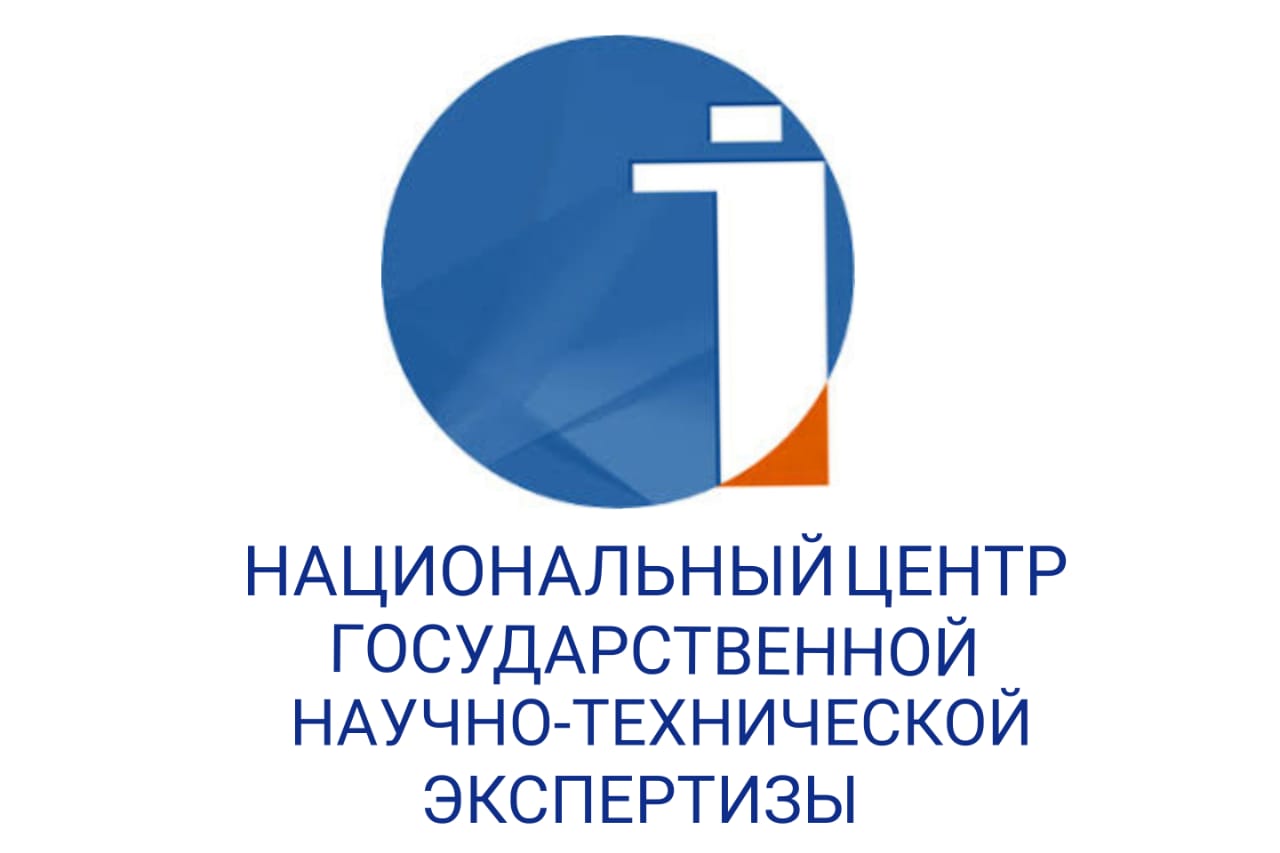TRANSLATION ERRORS AS A CRITERION FOR TRANSLATION QUALITY ANALYSIS
DOI:
https://doi.org/10.48371/PHILS.2025.1.76.028Keywords:
translation errors, translation quality assessment, Russian language, English language, Kazakh language, scientific sphere, educational sphere, modelAbstract
One of the criteria for evaluating the translation quality is to identify different types of translation errors. In this case, quality indicators are inversely proportional to the number of errors made.
The aim of the work is to assess the quality of the translation of S.G. Ter-Minasova's textbook "Language and Intercultural Communication" from Russian into Kazakh language.
The scientific significance of the work lies in the fact that the expert assessment of the translation quality of this book is being carried out for the first time. Singularity of the textbook is the extensive bilingual material, therefore, for the translator of such scientific works, it is necessary to be proficient as in Russian, so in English. Russian language acts both as the source language and as the intermediary language from English (when the author translates English content). Thus, the results of the study make a certain contribution to the development of Kazakh translation criticism, namely in the field of linguistic translation studies.
The practical significance of the study is that its results can contribute to improving the quality of translation of scientific texts in the field of humanities.
Main results: many errors of a combined type (semantic, linguistic, design) were revealed. The lack of presuppositional background of the translators led to the fact that the individual-author style was particularly lost. The main errors caused a semantic distortion of the original, as the most important for the indicators of translation quality, were the omission of parts of the original of an arbitrary nature and the replacement of elements of the original with information that opposite to semantic invariant. Stylistic errors referred to the translators' failure to distinguish between different types of information, author's assessment; violations of the norm and usus of the translation language.
The conducted analysis indicates an insufficient level of translated book which is intended to students of philological faculties of universities. It was concluded that the main reason for errors is the low level of translation professionalism.








